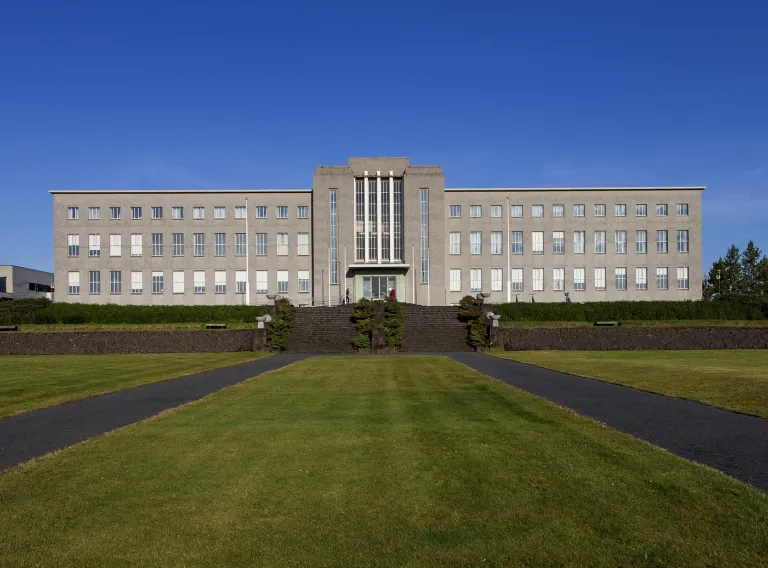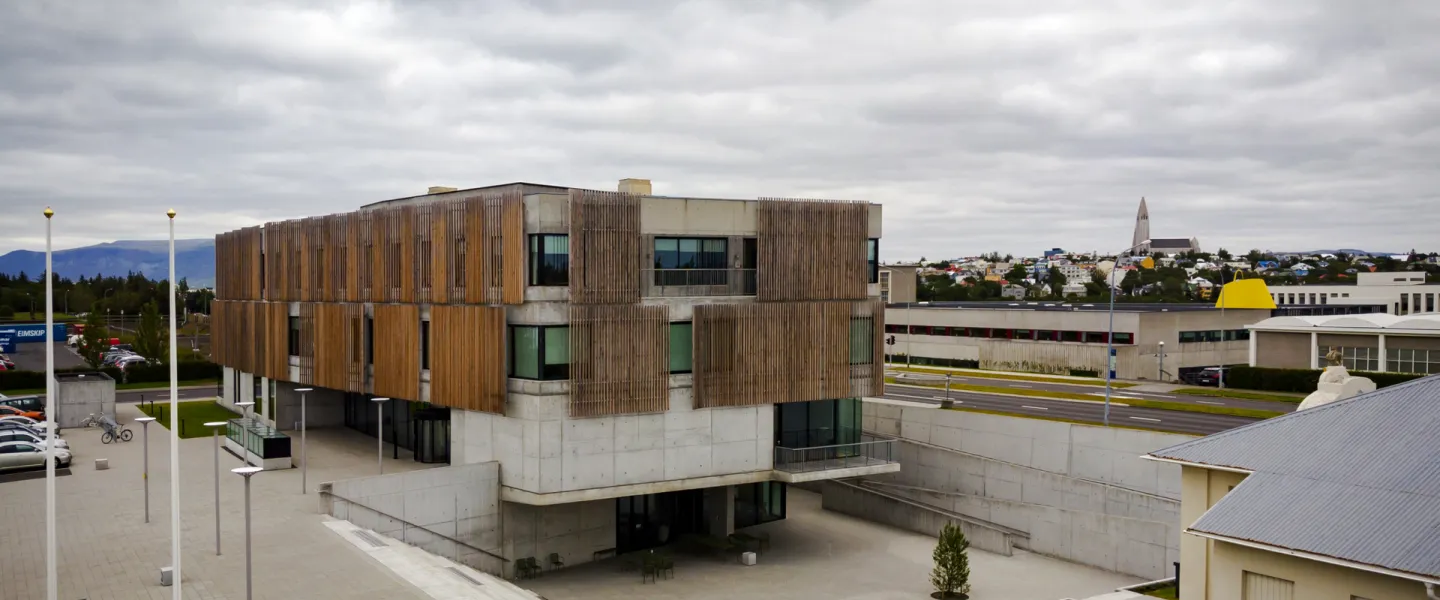Main building, The Aula
Doctoral candidate:
Rebecca Sim
Title of thesis:
Distribution of hydrophilic and lipophilic arsenic species within the macroalgae
Opponents:
Dr. Barbro Kollander, Senior Scientist at the Swedish National Food Agency, and Dr. Kristmann Gíslason, leader of the Chemical Analysis group at the Marine and Freshwater Research Institute in Iceland.
Advisors:
Dr. Ásta H. Pétursdóttir, researcher in the Chemical Analysis group at Matís
Also in the doctoral committee:
Dr. Guðmundur Haraldsson Professor Emeritus, dr. Jörg Feldmann, head of the Trace Element Speciation Laboratory (TESLA) at the University of Graz, Austria, dr. Karl Gunnarsson, Biologist at the Marine and Freshwater Research Institute in Iceland.
Chair of Ceremony:
Dr. Einar Örn Sveinbjörnsson, Head of Faculty of Physical Sciences at the University of Iceland.
Abstract:
In recent years seaweed has gained popularity as a health food due to its high content of minerals and vitamins. However, seaweeds may also accumulate high levels of potentially toxic elements – in particular arsenic, which may become incorporated into larger biological molecules such as sugars and lipids. It is unclear how these organic arsenic compounds are formed/stored and if they may serve a biological purpose (i.e., detoxification or energy storage). However, toxicological studies into arsenic-containing lipids have demonstrated cytotoxicity comparable to that of arsenite, a known carcinogen, and arsenic-containing sugars are suspected to display toxicity with chronic exposure. This thesis aims to investigate variations in the distribution of arsenic compounds throughout several classes and species of seaweed. Samples of brown, red and green macroalgae were collected from two locations in Iceland across two different months and analysed for several potentially toxic elements as well as hydrophilic arsenic speciation using HPLC-ICP-MS. Brown macroalgae were additionally sectioned into anatomical parts to determine if the distribution of arsenic species differs throughout the thallus. Select samples were chosen for state-of-the-art lipophilic arsenic speciation using HPLC-ICP-MS/ESI-MS/MS and HPLC-qToF-MS. Limited information is available on arsenic speciation in seaweed thus it is hoped that this extensive profiling of several different species will help elucidate how these unusual compounds are formed and stored. The data from this project will also contribute to the necessary information needed for the risk assessment of arsenic species in seaweed for human consumption and may have an impact on future food safety legislations.
About the candidate:
Rebecca is from the North-east of Scotland, but moved to Iceland in 2020 to pursue a PhD. She completed her BSc in Chemistry at the University of Glasgow, and an MSc in Analytical Chemistry at the University of Aberdeen. Rebecca now works as a Specialist in the Chemical Analysis group at Matís.

Share
Buses 14, 1, 6, 3 and 12 stop at the University of Iceland in Vatnsmýri. Buses 11 and 15 also stop nearby. Let's travel in an ecological way!
